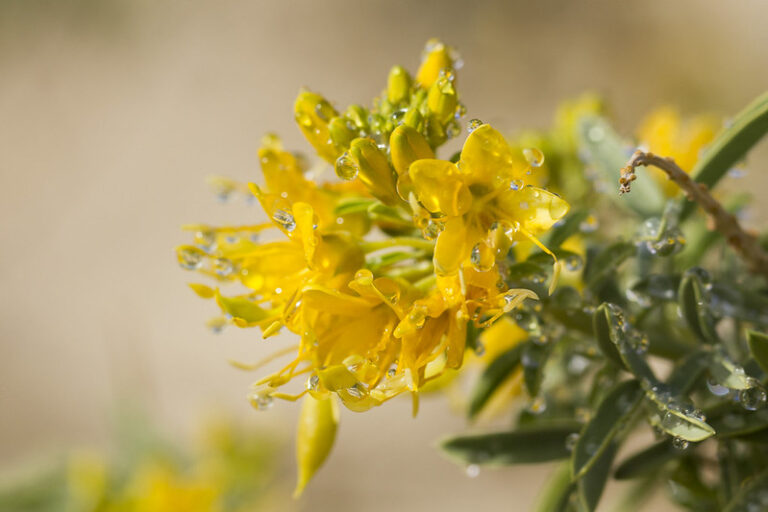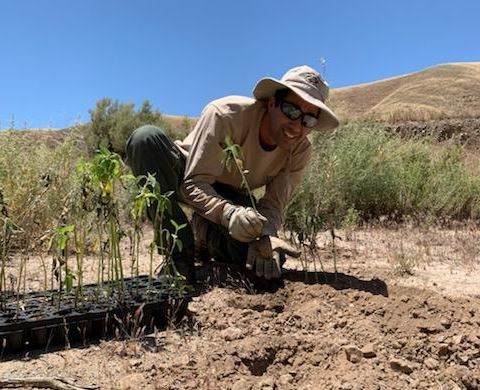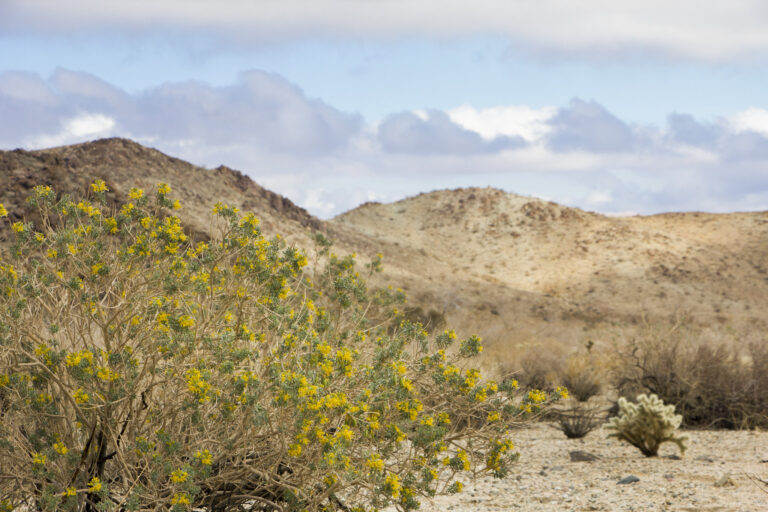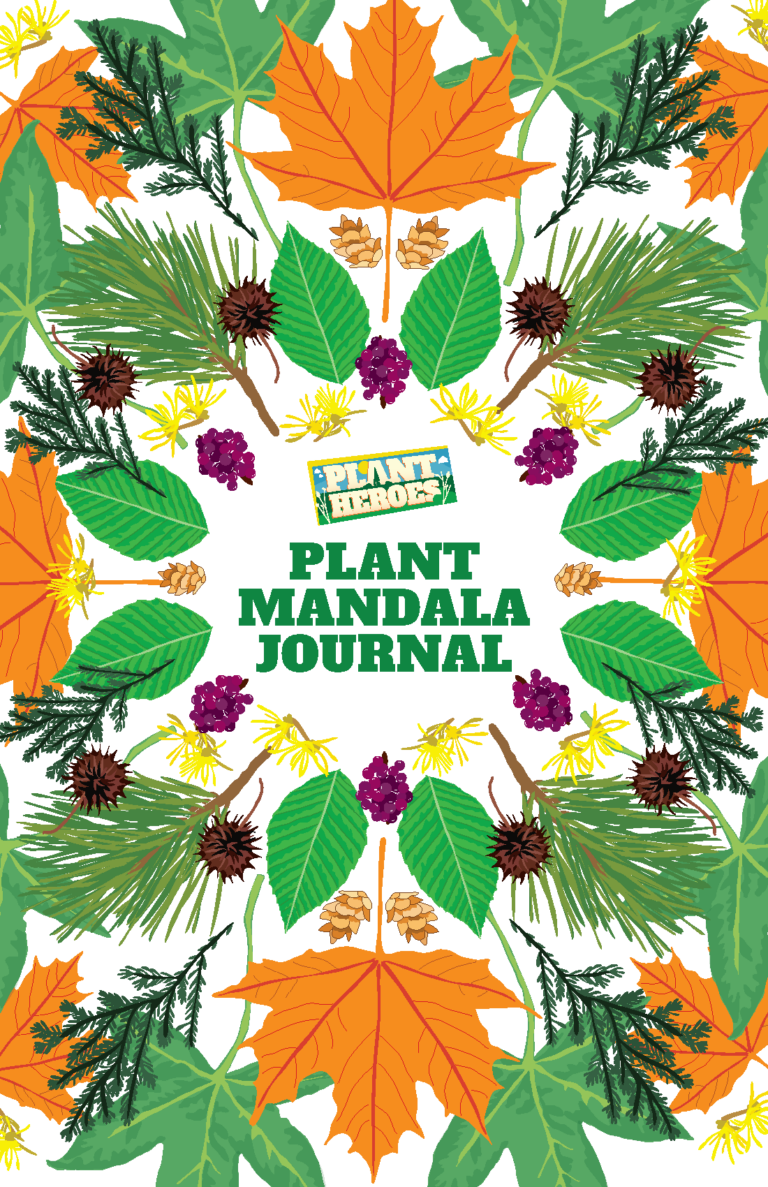Plant Heroes is committed to producing educational resources that connect kids to nature across all cultural, religious, and socioeconomic backgrounds. One of the ways we do this is by having our resources translated into Spanish and Simplified Chinese. Our translated resources enable us to connect with more educators and learners in their native language. Joshua Canepa Gallo assists us with the translation process. He joined our staff just over a year ago as our in-house Spanish translator. As a scientist, bilingual environmental educator, and translator, Josh is real life plant hero whose passion is to connect people with scientific data and resources. Thus, enabling them to learn more about our natural world and make informed decisions. Recently, we asked Joshua to share with us more about his journey to become a plant hero, his work with the Association, and his favorite Plant Heroes resources.
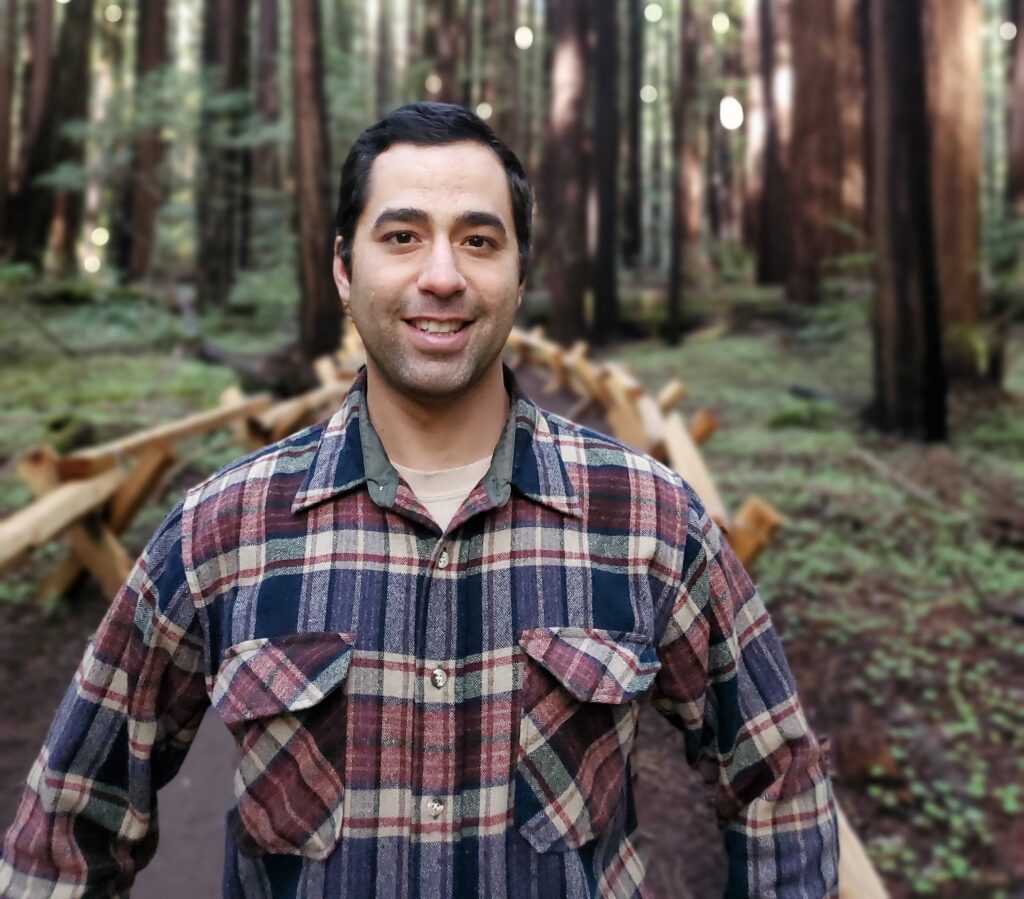
Describe your work with the Plant Heroes program?
As Plant Protection Program Assistant, I translate our social media posts into Spanish enabling us to make our resources more accessible to our audiences as well as connecting them to their local public gardens. I also review the Spanish translations of our educational materials making sure that the work done by Eriksen Translations is accurate and represents the mission of the Plant Heroes program.
Connect with us on social media to read Joshua’s Spanish translations of our posts.
You also work as a researcher and garden educator. Share more about these positions.
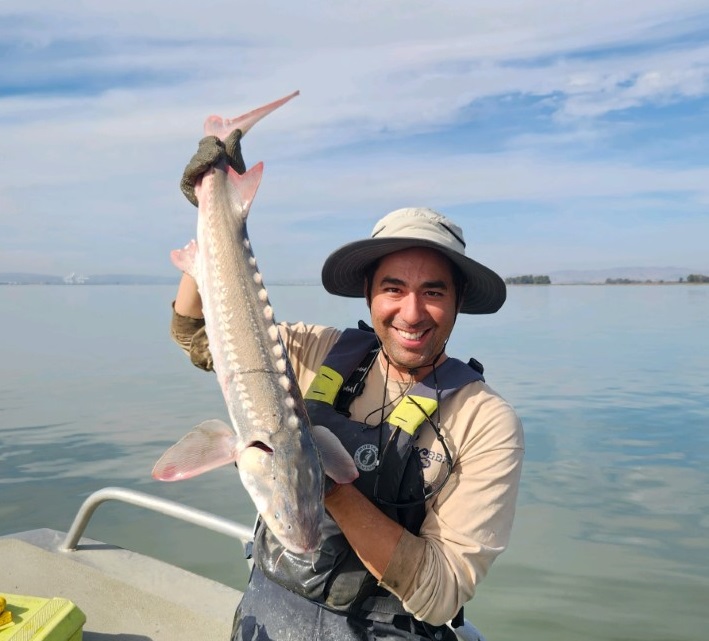
How did you choose this career path?
As a child I always enjoyed science and learning about nature. In college, I studied marine science at California State University, Monterey Bay. This is when I began working in environmental education. After graduating, I worked in the Peace Corps in Panama, Central America. In this position, I combined my backgrounds in science, environmental education, and Spanish. We taught about sustainable gardening practices such as composting and crop rotation and worked with the community and local agencies. From there, I worked as a Preserve Ranger for The Wildlands Conservancy-Wind Wolves Preserve in California’s Central Valley. I worked in habitat restoration, did research, and monitored native plantings.
We love plants. What is your favorite plant and why?
While working for The Wildlands Conservancy, I worked in the San Joaquin Valley Scrub ecosystems. Bladderpod (Peritoma arborea) was an endemic plant we worked with. It has a distinct smell, and its seed pods look like bladders. This native plant grows quickly, and it is the base of the food web attracting many native pollinators. It is a drought tolerant plant and would be excellent for those looking for drought tolerant plants for landscaping in California.
Why did you want to become a plant hero?
I enjoy collaborating with other people. All these jobs are collaboration focused. I enjoy connecting people especially youth with their local natural resources so they can experience being a part of their community and natural world from an early age. Knowledge is power and it is so important to grow our collective knowledge.
Resource Highlight
One of Joshua’s favorite Plant Heroes resources is our Plant Mandala Journal. He uses the journal with learners at the community garden during the winter months in California as a supplement activity to their garden curriculum. Blending art and science, the process of creating plant mandalas is appropriate for all ages of learners. In this activity, children collect leaves, flower petals, stems, pinecones, berries, and seeds in the garden. The collection process teaches them to notice and appreciate the diversity of flowers, seeds, and leaves. Children have fun creating and journaling about their one-of-a-kind art piece. The mandalas are then left for others to discover and enjoy.
Plant Mandala Journal to be Translated into Spanish
Joshua and the team are currently working on the translation of the Plant Mandala Journal into Spanish and Simplified Chinese. Subscribe to our newsletter to get updates on when it will be published on our website.
Written by: Jeanette M. Henderson, Plant Protection Program Coordinator
